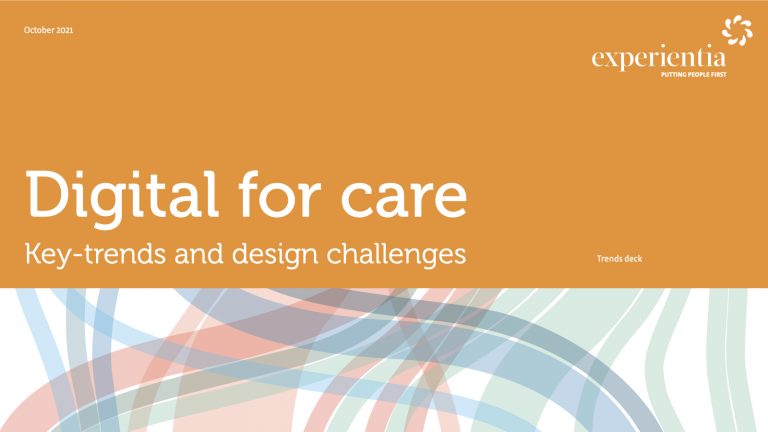Time for Big Anthropology

Numbers don’t tell us everything we need to know [in health care], writes strategic consultant Dan Beckham. We must also consider human culture:
“That’s often the problem with big data, analytics and chasing metrics. They too often breed myopic overconfidence. The numbers, after all, never lie — except when they do. Numbers without context or interpretation can create a dangerous distance between key decision-makers and reality.
For example, analytics applied to patient population data could further distance health care leaders from the point where most of the real value will always be created in health care — between an individual patient and an individual caregiver. A population of patients could become a faceless herd, subject to economic experiments designed to steer them toward the lowest cost point and targeted utilization patterns.
Such efforts would presume, of course, that patient populations are steerable. Some would point to numbers indicating reduced utilization during the heyday of HMOs as evidence of steerability, but it is just as likely that recession and loss of employer health benefits were the real drivers. And despite efforts to declare slower increases in health care spending in the past five years a victory for legislators and regulators, the Centers for Medicare & Medicaid Services’ Office of the Actuary recently attributed the slow rise to a sluggish economic recovery and sequestration. What big data means often depends on who’s doing the analytics.” […]
“It’s been my experience that answers are most likely to be found at the intersection of the qualitative and the quantitative. If you’ve got a qualitative insight, it helps to get some quantitative validation. The reverse is also true. When you’ve reached a quantitative conclusion, it’s best to be sure it works in practice. Although it’s often hard to keep a dispassionate distance, you can learn a lot by just looking and listening. We need the qualitative perspectives of “big anthropology” to balance the quantitative insights of big data.“
[My emphasis]



